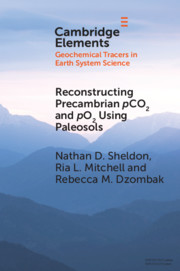During the Cretaceous and Paleogene, the Indian subcontinent was isolated as it migrated north from the east coast of Africa to collide with Asia. As it passed over the Reunion hotspot in the late Maastrichtian–early Danian, a series of lava flows extruded, known as the Deccan Traps. Also during this interval, there was a major mass-extinction event at the Cretaceous–Paleogene boundary, punctuated by a meteorite impact at Chicxulub, Mexico. What were the biological implications of these changes in paleogeography and the extensive volcanism in terms of biodiversity, evolution, and biogeography? By combining chronostratigraphic, paleosol, and paleobotanical data, an understanding of how the ecosystems and climates changed and the relative contributions of the Chicxulub impact, Deccan Traps volcanism, and paleogeographic isolation can be gained. Understanding relative ages of paleobotanical localities is crucial to determining floristic changes, and is challenging because different methods (e.g., magnetostratigraphy, radiometric dating, vertebrate and microfossil biostratigraphy) sometimes give conflicting answers, or have not been done for paleobotanical localities. Climatic data can be obtained quantitatively by studying paleosol geochemistry, as well as qualitatively by examining functional traits and nearest living relatives of fossil plants. An additional challenge is revising macrofossil data, which includes some confidently identified taxa and others with uncertain affinities. This is important for understanding ecosystem composition both spatially and temporally, as well as the biogeographic implications of an isolated India.


